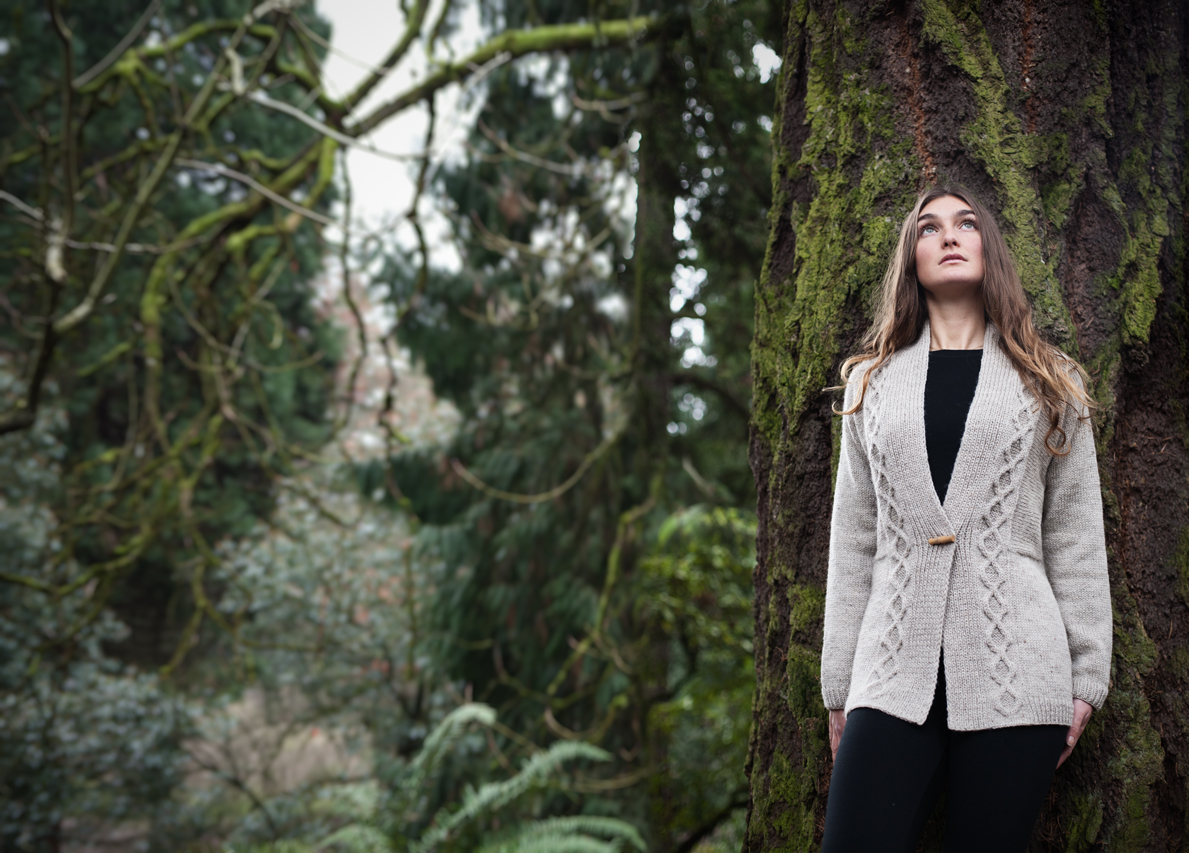
Time for another edition of I Knit You Knit! In the tons of emails we get everyday, there are some common threads and questions that land on our desk, so we thought we’d start a segment on ye olde blog for a little of this’n’that from the inbox.
Here’s three excerpts with some recent themes…
Cast On for Top Down Sleeve Area
Vickie writes: “I am making your Basic Chic Hoodie and I am curious about what kind of cast on you generally use under the arm…and if the cast-on you use adds a lot of bulk. Any tips would be much appreciated.”
La Réponse: We recommend a backward-loop cast on; easy and non-bulky, using the working yarn from the row being worked. :)
Pattern Terminology
Linda writes: I’ve just did the Cable Set-up Round for the pattern but am now confused by the next statement: “Work patterns as established for 20 rounds, following charts as given.”
La Réponse: “Work patterns as established” (sometimes seen as “work patts as est”) is a common knitting term writers use as shorthand when referring to areas in the garment that follow a chart or specific set of instructions given elsewhere in the pattern.
So after the set-up round(s) are completed (ie. “established”), you just follow those charts or instructions every time you come to that specific area. Everywhere else you work the sts according the general instructions for the sweater.
For instance, say a cable chart/instructions consists of 4 stitches worked for 6 rows. You work those rows in sequence 1, 2, 3, 4, 5, & 6 and then go back and start with Row 1 again. So Row 7 is worked as Row 1, Row 8 is worked as Row 2: 1=7, 2=8, 3=9, 4=10, etc.
In this case, every multiple of 6 is the last row of the pattern, then you start over: 1=13, 2=14, and so on.
Yarn Requirements
Mary writes: “How many 100 gram balls of wool do I need for pattern Miss BB – it says aran weight is 1200 for my size.
La Réponse: “All the yarn requirements in Chic Knits’ patterns are given in yards per size, so you can feel free to choose a variety of yarns to use.
So if it says 1200 yards for your size, you need to divide that number by the number of yards in your 100 gram ball of wool.
That information is on the ball band or label of the wool; it varies per company and fiber content so you need to do this division with the one you have.
For instance, if it says on the ball band that there is 100 yds per skein, divide as follows: 1200 divided by 100 = 12 balls of wool.”


